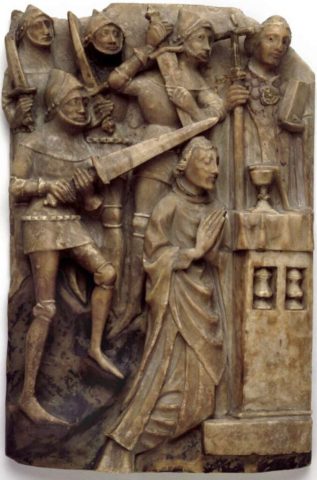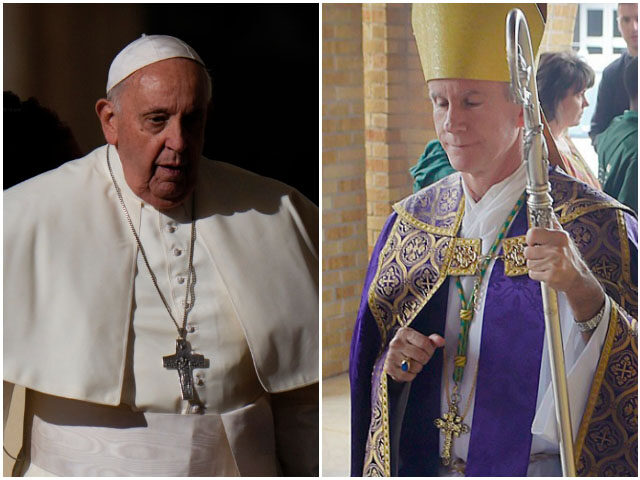Fr. C. John McCloskey III (1954-2023): A Role Model for Bishops

Republicans Slam Doctors Group for Banning Pro-Life Doctors, by Micaiah Bilger
March 6, 2023
Will Other Bishops Answer Paprocki’s Challenge? by Phil Lawler
March 6, 2023
*Image: The Murder of St. Thomas à Becket by an unknown carver of alabaster, c. 1450-1500 [British Museum, London]
By Fr. C. John McCloskey III (1954-2023), The Catholic Thing, March 5, 2023
Fr. C. John McCloskey is a Church historian and Non-Resident Research Fellow at the Faith and Reason Institute.
Note: Fr. “C. J.” McCloskey, an Opus Dei priest, an early collaborator with this site, and a dear friend to many of us, died on February 23 after a long battle with Alzheimer’s. He was a legend – even gaining a complimentary profile in the New York Times just a few years ago (here) – for his “magnetic touch” in the conversion of well-known figures such as Dr. Bernard Nathanson, Sen. Sam Brownback, Judge Robert Bork, and many others. One of his cultural programs on EWTN introduced Melissa Villalobos to John Henry Newman; the Vatican declared her healing after praying to Newman during a troubled pregnancy one of the miracles leading to his canonization. We reproduce here a column he wrote for The Catholic Thing, as relevant today as when it first appeared in 2016. Requiem aeternam dona ei Domine. – Robert Royal




